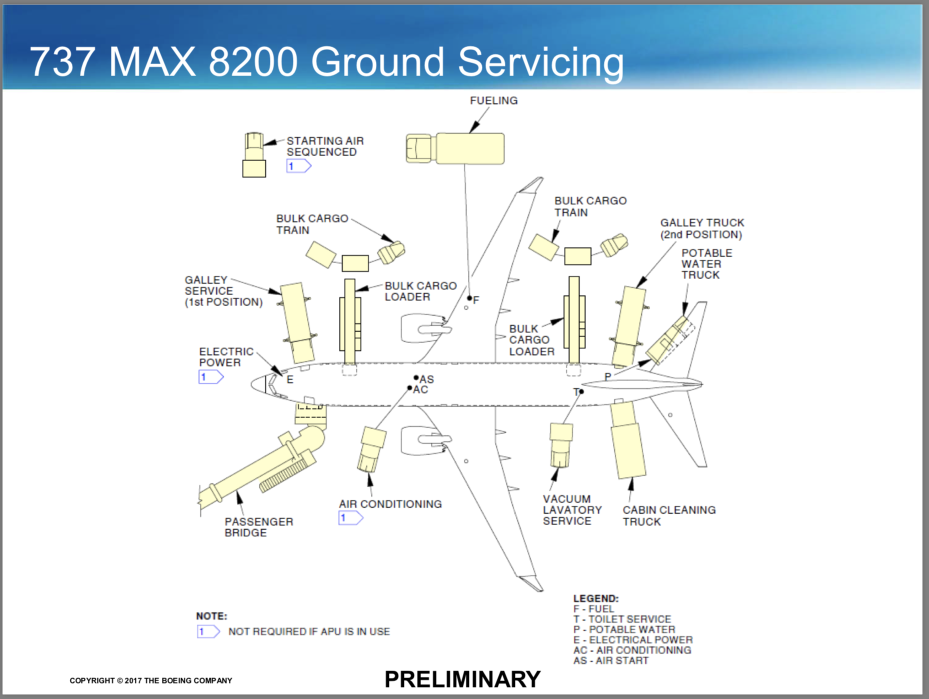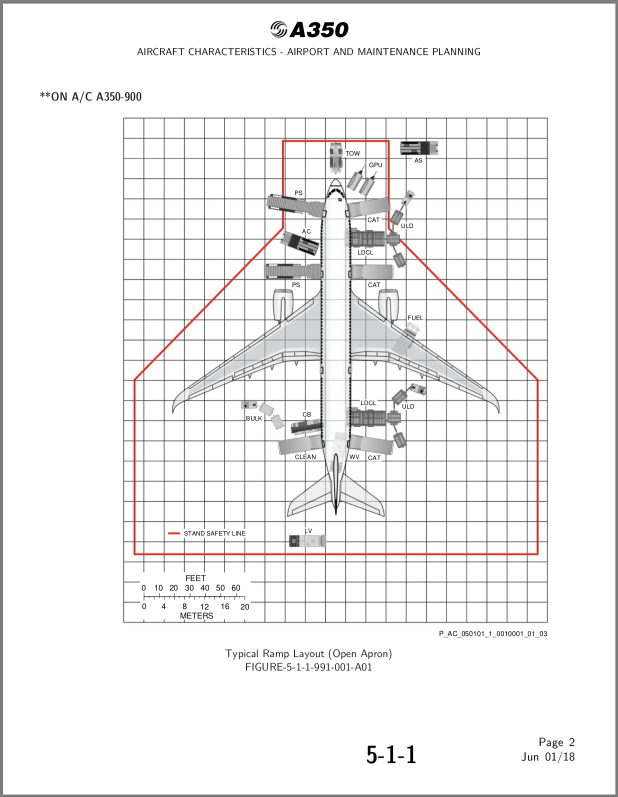|
I just got that out of an old book*, which said the Storch landed near the Brandenburg gate; but it also said that there was a van waiting for them. Maybe they landed near the column, then took a van? *Which also used some discredited, extremely inflated estimates for casualties in the Dresden bombing Nebakenezzer fucked around with this message at 02:27 on Jun 9, 2018 |
|
|
|

|
| # ? May 25, 2024 05:30 |
|
Nebakenezzer posted:*Which also used some discredited, extremely inflated estimates for casualties in the Dresden bombing Motherfucking Irving.
|
|
|
|
Platystemon posted:Motherfucking Irving. Not an empty quote Though the author could have also quoted propaganda stats the Nazis instructed German newspapers to publish I'm trying to finish off my Amerika bombers posts and got this book, The Luftwaffe: A History by John Killen just to refresh myself on the overall narrative. Just reading the last two chapters, he seems to just adapt Galland's account about German Jet fighter fuckery, but I'd love to read this book to y'all because Killen makes a specialty out of clowning on the idiocy of top level Nazis in a way I can't help but love
|
|
|
|
Nebakenezzer posted:Not an empty quote I guess we can assume you've read Cajus Bekker. I found it very enlightening when I was a wee teen.
|
|
|
|
Okay, so this looks decent: https://www.youtube.com/watch?v=ExUkFvlabLo I could live without the "Inception" *DOOONK*s, though.
|
|
|
|
Nebakenezzer posted:because Killen makes a specialty out of clowning on the idiocy of top level Nazis in a way I can't help but love 
|
|
|
|
I can toss this on the pile, but there's a lot of stuff ahead in the queue. My peeps: did I get this right? quote:On Flying Wings and Stranger Things
|
|
|
|
You're in the right ballpark, but you're missing almost all of the problems with flying wings. Flying wings have tightly restricted flight envelopes. Many can't recover from .. well.. any excursion from normal flight. They generally won't be able to fly on if they take asymmetrical damage of any sort. They lose a fair amount of lift due to needing to use reflex to get their normal pitching moment. By being so closely coupled their CGs end up being pretty critical. High lift devices are also mostly a no-go on flying wings. Both slats and flaps provide massive pitching moments to a wing, where a conventional elevator can provide the force needed to stabilize that, they just cause flying wings to tumble. Visibility out of a wing is also restricted in comparison to a conventional bomber. And while the wing box isn't the same on a flying wing, you're still carrying a similar weight, so the wing center strcture still needs to handle most of the same loads, between landing gear, bomb and fuel loads, and crew space requirements. I think your point about materials is just plain not right. Flying wings are made of nearly the same range, and frequency of materials as other planes. I suppose rag and tube was less common, but I can think of at least one plane that is just that, and a flying wing. An aircraft that you might want to look at, where "most" of these things are addressed is the Dyke Delta. https://en.wikipedia.org/wiki/Dyke_Delta It's got a big darned tail, so most of the directional stuff is taken care of. But wing reflex is a longstanding issue with that plane. to go faster, It's common to add a small control surface on the tail to provide more nose down force, where elevator trim can't handle adding more. Another plane to look at, is the Swift Ultralight Glider. The Swift uses a narrow chord wing, with a lot of sweep. This allows the outside section of wing to act more as an elevator, and even provides enough control to allow the inside wings to use flaps.
|
|
|
|
tl;dr there's a reason that birds evolved to have wings and tails instead of just wings
|
|
|
|
Nebakenezzer posted:I can toss this on the pile, but there's a lot of stuff ahead in the queue. Payload's why you're flying, fuel's merely how. Fuel isn't the payload except for tankers.
|
|
|
|
Sagebrush posted:tl;dr there's a reason that birds evolved to have wings and tails instead of just wings Birds' empennages are rather different from traditional monoplane aircraft though? Cocoa Crispies posted:Payload's why you're flying, fuel's merely how. Fuel isn't the payload except for tankers. Yeah "useful weight" is what you're looking for.
|
|
|
|
Cocoa Crispies posted:Payload's why you're flying, fuel's merely how. Fuel isn't the payload except for tankers. When you do the math to fly somewhere, fuel and "whatever your'e carrying" fit in the same bucket. Many planes can carry enough fuel that there's essentially no room for anything else.
|
|
|
|
hobbesmaster posted:Birds' empennages are rather different from traditional monoplane aircraft though? Not that different -- their tails still function as horizontal stabilizers and, to some extent, elevators. Birds just don't have rudders.
|
|
|
|
Nerobro posted:You're in the right ballpark, but you're missing almost all of the problems with flying wings. It's a point very well taken - though I wanted to just articulate the benefits. What's left of the Third Reich's aircraft industry goes flying wing crazy, and I wanted to contextualize why this was in the war's last stages. Thanks for the explainer, though - drawbacks will come up. The Horton Brothers seem kinda obsessed with the pure flying wing - as opposed to everyone else, who wanted to impact flying efficiency by having uncool things like lateral stability e: Nerobro posted:I think your point about materials is just plain not right. Flying wings are made of nearly the same range, and frequency of materials as other planes. I suppose rag and tube was less common, but I can think of at least one plane that is just that, and a flying wing. Yeah, as far as Post War goes, you are absolutely right. As far as it goes for the Third Reich in late 1944-45, a lot of their final projects were happening because they literally used "scrap material" IE less aircraft aluminum, and a lot more wood and steel tubing. So what I'm trying to say here (and it could be just wrong) was that flying wings, especially giant Amerika bomber ones, could plausibly be made for a minimum of aircraft grade materials? Nebakenezzer fucked around with this message at 21:41 on Jun 12, 2018 |
|
|
|
Nebakenezzer posted:It's a point very well taken - though I wanted to just articulate the benefits. What's left of the Third Reich's aircraft industry goes flying wing crazy, and I wanted to contextualize why this was in the war's last stages. Thanks for the explainer, though - drawbacks will come up. The Horton Brothers seem kinda obsessed with the pure flying wing - as opposed to everyone else, who wanted to impact flying efficiency by having uncool things like lateral stability Jack Northrop had that obsession too. It seems to be "a thing". Even the first paper airplanes kids learn to fly, are flying wings. There's definitely something there. And flying wings keep surfacing. I'm quite sure we've not settled upon what a "normal" flying wing is yet. Airplane designers, the good ones, always have "a thing" that's theirs. For some it's "one concept." Like Rutan and his canards. Or Jim Bede and his obsession with ease of manufacture. For others it was simplicity, such as Leon Davis. Sometimes, it's a guy with an idea, and the ability to push it through. For example, Ed Heinemann with the A4 skyhawk. Or nearly anything with Kelly Johnson behind it. ... it's fun stuff to read about. :-) Nerobro fucked around with this message at 21:56 on Jun 12, 2018 |
|
|
|
Sagebrush posted:Not that different -- their tails still function as horizontal stabilizers and, to some extent, elevators. Birds just don't have rudders. Birds' tails also only have lavatory service, while many airplanes have lavatory service and potable water in the tail.   Nerobro posted:When you do the math to fly somewhere, fuel and "whatever your'e carrying" fit in the same bucket. Many planes can carry enough fuel that there's essentially no room for anything else. Well yeah, and the "anything else" that you don't have the mass budget for if you fill 'er up is called "payload."
|
|
|
|
^^^^-------- If SA forums supported liking posts, i'd be liking yours. Hah!Nebakenezzer posted:Yeah, as far as Post War goes, you are absolutely right. As far as it goes for the Third Reich in late 1944-45, a lot of their final projects were happening because they literally used "scrap material" IE less aircraft aluminum, and a lot more wood and steel tubing. So what I'm trying to say here (and it could be just wrong) was that flying wings, especially giant Amerika bomber ones, could plausibly be made for a minimum of aircraft grade materials? I think that may just be a reflection on Germany rather than plane design. The inmates were running the asylum at that point, and kinda, anything went. Maybe a flying wing would have done it? but so far, the lightest planes out there have all been conventional designs. Gossomer Penguin, Gossmar Albatross, or if you want a less exotic example, the ULF-1. With proper incidence, and airfoil choices, a wing and tail design can be all lifting surfaces, while a flying wing, absolutely requires some part of the wing providing downforce. Weather or not the geniuses with the slide rules knew that back then... we'll never know. Nerobro fucked around with this message at 21:59 on Jun 12, 2018 |
|
|
|
Nerobro posted:^^^^-------- If SA forums supported liking posts, i'd be liking yours. Hah! Good to know. When you put it like that, it sounds like that everyone might grasping at the flying wing straw, simply because it was mostly unknown, but offered promise.
|
|
|
|
YF-23 V tails everywhere
|
|
|
|
Nerobro posted:With proper incidence, and airfoil choices, a wing and tail design can be all lifting surfaces, while a flying wing, absolutely requires some part of the wing providing downforce. Weather or not the geniuses with the slide rules knew that back then... we'll never know. I'd like to hear more about this. The classical design has the center of gravity and center of lift arranged so the tail effectively reduces lift to compensate.
|
|
|
|
So what's the benefit of a flying wing? There must be a reason they choose it for the B-2. E: stealth?
|
|
|
|
A flying wing is a lot more aerodynamically efficient than a conventional plane (it has a lot fewer surfaces sticking into the wind), so if you're flying in a fairly limited envelope (high-altitude level bombing, no tricky maneuvering required) and you have computers that can handle the stability problems, it becomes an appealing design. Also stealth.
|
|
|
|
Flying wings are also far more structurally efficient than conventional aircraft, on account of all of the weight being held spanwise across the wing, as opposed to a large majority of it in a fuselage.
|
|
|
|
babyeatingpsychopath posted:I'd like to hear more about this. The classical design has the center of gravity and center of lift arranged so the tail effectively reduces lift to compensate. Typical airplane balance is achieved using a forward CG, and some kind of down force in the tail to counter that forward CG's tendency to pitch down. Generally a plane like that will have the main wing, and tail at about the same incidence angle. Though that starts to get into "feel" issues. Lets just assume they're all on the same level. As you speed up, the tail generates more downforce, causing the plane to pitch up, and make more lift, and climb. It climbs, and slows down, the tail loses downforce, and the nose pitches down. If well designed, this phugoid happens once, twice, maybe three times, and plane will settle into it's flight angle. Another way to ballance a plane, is to move the CG just behind the center of lift of the front wing. Now to make the plane fly, you need to have lift at the tail. What you need to set up to make an "all lifting" plane work, is to have the front wing, gain lift faster than the rear wing. Typically this is done with both airfoil and setting the static angle of attack of the surfaces. Lets say you set the front wing to 1 deg of incidence, and the tail to 0. Now the front wing will always make "a bit more lift" than the rear wing. This is a stable configuration. And it's used in free flight models. It also can be used on real planes... With all surfaces lifting, you get better efficiency.
|
|
|
|
With all this talk of CG, I feel someone more knowledgeable than me about aerodynamics should make an effort post on the Whitley bomber E: the short story is the manufacturer couldn't do flaps so it flew with a pronounced nose-down attitude simplefish fucked around with this message at 11:01 on Jun 13, 2018 |
|
|
|
simplefish posted:With all this talk of CG, I feel someone more knowledgeable than me about aerodynamics should make an effort post on the Whitley bomber Flaps were a new feature for production aircraft in the 1930s. Moreover, while the idea of 'the flap' was understood and unpatented, many of the specific ways of attaching and controlling them were patented by specific manufacturers (Handley-Page, Junkers and Lockheed had their own 'house' designs of flaps). Using flaps on a large bomber meant learning how to design and incorporate flaps in the first place and then either coming up with a new way of attaching and controlling them (especially if you wanted to do something more effective than a plain or split flap) or license the design from someone else. The same went for the various means of doing retractable undercarriage - Grumman inherited the distinctive hand-cranked 'wheel tuck' undercarriage from Loening while Curtiss licensed the P-36/P-40's rotating undercarriage from Boeing, which received a royalty payment on every Warhawk built. In the Whitley's case Armstrong-Whitworth were up against Air Ministry requirements caught in a transitional age. The Whitley (and the H-P Hampden) were the first 'modern' RAF bombers (monoplanes, retractable undercarriage, all-metal, high-speed) but they had to operate from relatively small and unsurfaced airfields most of which dated back to WW1. These new aircraft were much heavier and carried much more munitions (7000lbs for the Whitley and 4000lbs for the Hampden, against 2500lbs for the H-P Heyford, the last of the biplane bombers) and needed much more ground run for takeoff and landing. So the Air Ministry specified that the new bombers had to be able to operate from the same amount of ground as the Heyford. A lot of effort was expended giving these new aircraft similar take-off/landing speeds as the outgoing biplanes. Handley-Page had their leading-edge slats and had previously licensed the Junkers trailing flap. But A-W had no propriortory flap design and initially lacked the time and resources to work them into the design. The solution was to fit the main wing with an upwards incidence angle of 8.5 degrees, giving a huge amount of lift at low speed but requiring the Whitley to fly nose-down when at cruising speed. The odd appearance was heightened because the nose of the aircraft was itself 'drooped' down slightly from the rest of the fuselage to improve the visibility from both the cockpit and the bomb aiming position. In the event split flaps were fitted to the wing between the flight of the prototype and the start of production but the raked wing remained. By the time the Whitley was entering squadron service the RAF was already expanding its existing airfields and building new ones with long concrete runways, making the short-field abilities of the Whitley, Wellington and Hampden superfluous. By the time the next generation of heavies was in design (Stirling, Manchester/Lancaster and Halifax) not only did they have long runways to operate from but the aviation industry as a whole had the knowledge and means to easily incorporate un-patented plain and split flaps. Apparently the B-52 has a similar aerodynamic setup on account of its tandem undercarriage meaning that it can't properly rotate on takeoff (the wheelsets are either side of the centre of gravity, so it can't 'pivot') so the wings are set at a higher than ususal angle. This allows it to take off at very low amounts of rotation but result in it flying slightly nose-down.
|
|
|
|
simplefish posted:E: the short story is the manufacturer couldn't do flaps so it flew with a pronounced nose-down attitude You mean like a B-52? :-) Oh, look, BalloonFish caught that too.
|
|
|
|
pthighs posted:So what's the benefit of a flying wing? There must be a reason they choose it for the B-2. They look cool and futuristic
|
|
|
|
blugu64 posted:They look cool and futuristic  right?
|
|
|
|
D C posted:
The bird has a horizontal stabilizer though.
|
|
|
|
I've always hated that picture since a regular plane with a fuselage is closer to bird shaped anyway.
|
|
|
|
It just reminds me of that Russian troll pic that compares the F-35 with a penguin and the Su-57 with a shark, or something like that.
|
|
|
|
I'm afraid this won't buff right out
|
|
|
|
Is this likely to be a hull loss? If the heat got to it enough do more than superficial damage, inspecting and replacing all affected avionics and structural components gets expensive fast.
|
|
|
|
Platystemon posted:Is this likely to be a hull loss? Also doesn't pretty much everyone loving hate operating A340-300s at this point anyway?
|
|
|
|
Platystemon posted:Is this likely to be a hull loss? The last line of the article: Bloomberg.com posted:The plane was delivered in 2000, making it more likely to be scrapped than repaired.
|
|
|
|
Midjack posted:The last line of the article: Yea but bloomberg. I'd say no way to tell from the picture.
|
|
|
|
The white non smoky bits at the bottom are burnt aluminum and the lines coming up indicate that the structural members got hot enough to ignite the skin so at a minimum there's going to be some michael jackson grade rhinoplasty
|
|
|
|
It's not Qantas; it'll be written off.
|
|
|
|

|
| # ? May 25, 2024 05:30 |
|
Isn't that lower nose area full of avionics racks?
|
|
|











































